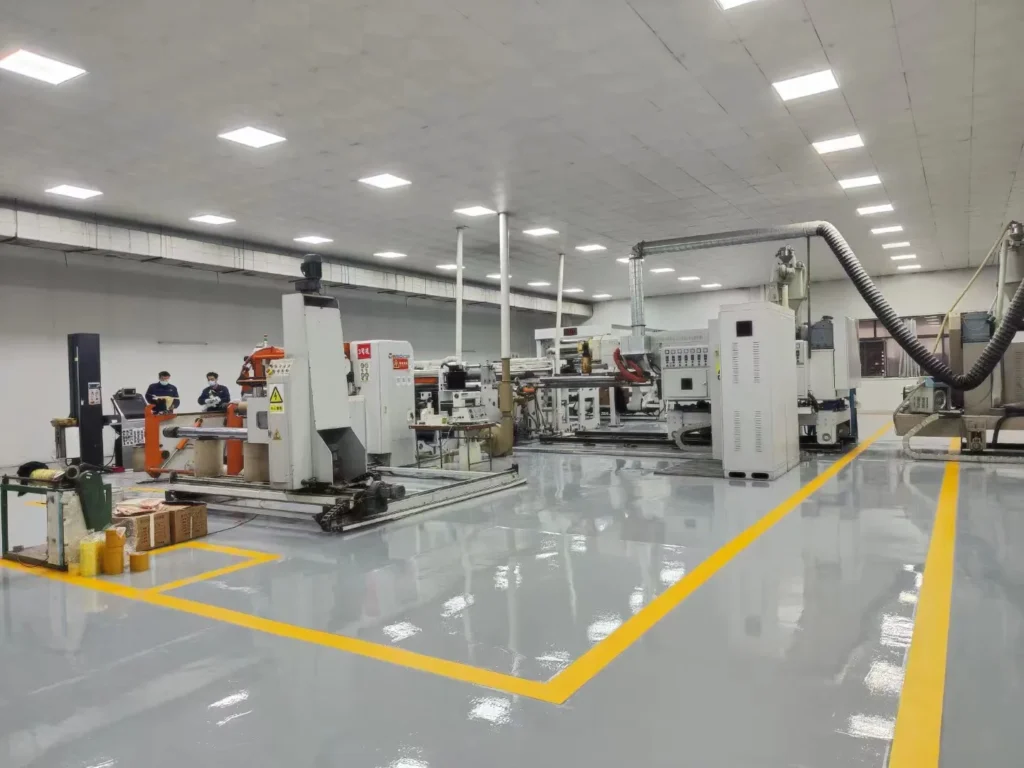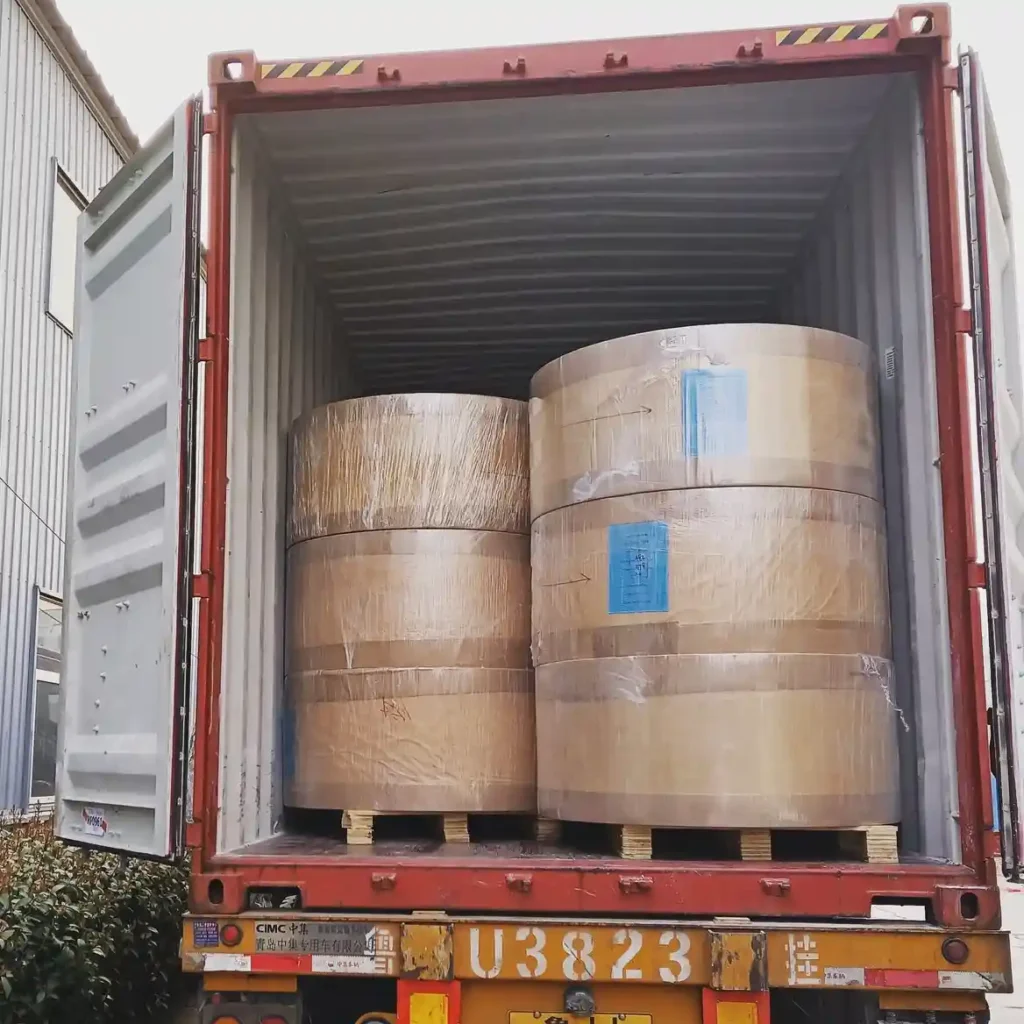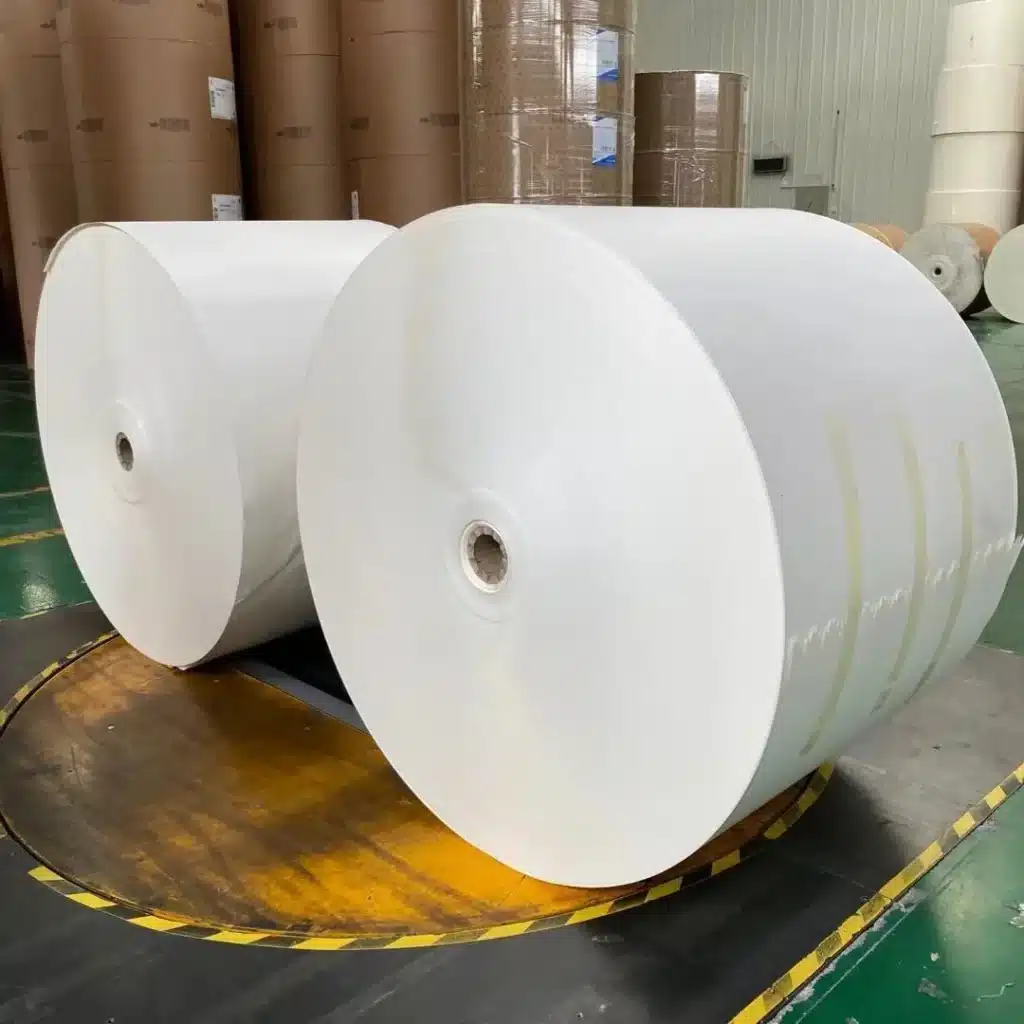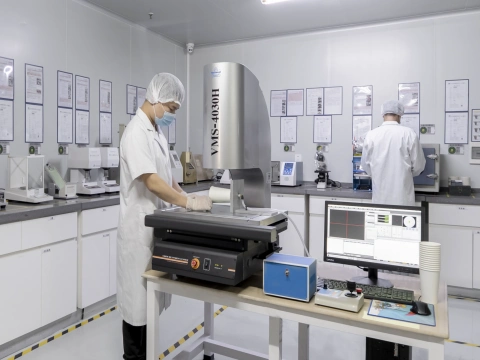
Global PE Production Landscape
Global Paper Industry Overview
Industry Trade Exhibitions

Production Technology
Production Capacity
PE vs PLA vs Water-based Barrier

Transportation Requirements
Product Shelf Life
Loading Specifications

Physical Properties
Customization Options
Versatility and Sealability

Technical Limitations
Performance Issues
Regulatory Challenges

Food Service Packaging
Industrial Applications
Specialty Uses

Technical Specifications
Testing Methodologies
Product Development Guidelines

Price Trends (2020-2024)
Market Dynamics
Future Outlook
Polyethylene coated paper, commonly known as PE-coated or filmed (laminated) paperboard, consists of a paper substrate with a polyethylene coating, makes the paper more durable and suitable for packaging applications, particularly for food and beverages catering packaging.

PE-coated paper is commonly used to create disposable items like paper cups, food containers, and trays, as it helps prevent liquids from soaking through.
We primarily use two types of PE coating:
The coating weight typically ranges from 12-40 GSM (grams per square meter) depending on the application. At most paper mill manufacturers, they usually offer one side PE coated paper and double-sided options to meet diverse packaging needs.
The relationship between coating weight and barrier properties follows a non-linear pattern:
| PE | Density | Melting Point | Key Properties | Applications |
|---|---|---|---|---|
| LDPE | 0.910-0.925 g/cm³ | 105-115°C | Excellent flexibility Superior clarity Good moisture barrier | Flexible food packaging Paper cups Disposable containers |
| HDPE | 0.941-0.965 g/cm³ | 120-130°C | Higher rigidity Enhanced chemical resistance Superior strength | Heavy-duty packaging Industrial wrapping Protective covers |
The PE-coated paper market shows interesting regional variations, current market analysis reveals fascinating regional specializations:
Asia Pacific (45% market share):
North America (25% market share):
Europe (20% market share):
Key manufacturing countries include China, USA, Germany, and Japan. The PE coated paper suppliers network spans globally, with major production hubs concentrated in these regions.

Major exhibitions that feature PE-coated paper and related packaging technologies are key industry events like Interpack, Pack Expo, Drupa, and FachPack.
These exhibitions focus on packaging, printing, and food processing, bringing together global manufacturers, suppliers, and professionals who work with materials such as PE-coated paper.
Modern PE coating technology uses advanced methods to enhance product quality and efficiency. Extrusion coating is a key process, applying melted polyethylene onto paper with precise control over critical factors.

Extrusion Coating:
Online thickness measurement Automated defect detection Real-time coating weight adjustment Process parameters:
PE-coated paper offers superior moisture and grease resistance compared to uncoated paper, with a low Moisture Vapor Transmission Rate (15-20 g/m²/24h) and high grease resistance (Kit 12). It also has a heat-sealing range of 120-170°C, which uncoated paper lacks.
Compared to PLA coating, PE is more cost-efficient ($1,200-2,500/MT versus PLA’s $2,800-4,000/MT), withstands higher temperatures (up to 70°C), and provides a longer shelf life (12-18 months). When contrasted with water-based barriers, PE-coated paper boasts better water resistance (Cobb value <0.5 g/m²/30min) and faster production speeds (up to 600m/min), though it requires a lower initial investment than water-based aqueous coatings.

The PE film is heated and pressed onto the paperboard, forming a thin, durable layer (under 0.04 cm) that’s hard to peel off. This creates a water-resistant, sturdy paper ideal for food packaging.
PE-coated paper should be stored in a cool, dry area, away from direct sunlight and moisture, ideally at 15-25°C with moderate humidity (45-55%). Product shelf life of PE coated paper will be 12-18 months

PE-coated paper is sensitive to both heat and moisture, which can affect the coating’s adherence. Ideal storage temperature should be between 15-25°C with moderate humidity, around 40-60%. Extreme temperatures or humidity could cause the PE layer to weaken or bubble, diminishing its protective qualities.
Exposure to sunlight may cause PE coatings to break down over time. Store PE-coated paper in a dark area or use opaque packaging to shield it. Sun damage not only fades the paper but can also weaken its coating, leading to cracks or brittleness.
Proper handling is as important as storage. Ensure that anyone handling the paper has clean hands or is wearing gloves, especially when the paper will be used for food products. Dirty hands or surfaces can easily contaminate or damage the coating.
Transporting PE-coated paper without adequate protection can lead to scuffs, tears, or contamination. Use wrap or sturdy packaging, such as cartons or pallets, to prevent any damage during shipment or internal movement.
Quick guide to efficient logistics management:
Climate Control: Avoiding temperature fluctuations is crucial, as they can lead to condensation, potentially compromising the PE coating. Climate-controlled vehicles or added moisture barriers in transit help ensure stability. Warehousing should also provide a dry, stable environment to preserve quality.
Packaging & Palletization: Proper wrapping with moisture-resistant materials and secure palletization are essential. PE-coated paper should be cushioned to prevent movement and damage, especially when shipped in bulk. Stretch film or similar protective layers help keep the load stable.
Careful Handling: During loading and unloading, avoid dents, creases, and tears, which can weaken the coating. Automated or palletized lifting equipment minimizes handling damage and maintains the paper’s integrity.
Optimized Routes & Timing: Direct, time-efficient routes reduce transit duration and risk. Seasonal weather factors should be considered to avoid potential quality issues.
Regulatory Compliance: While PE-coated paper generally isn’t regulated as hazardous, standard compliance for paper transport (including labeling and documentation) remains important, especially for cross-border shipments.
Real-Time Tracking: Tracking shipments aids in inventory control and response to delays or issues, which is crucial for just-in-time (JIT) operations. This visibility allows for efficient inventory planning and quality control.
Container Loading Guidelines:

Common dust removal methods include static elimination and high-pressure air blowing, which effectively clear surface dust and particles. For disinfection, UV and ozone treatments are commonly used non-contact methods that sanitize the paper without affecting the integrity of the PE coating. These disinfection steps can be integrated into the coating and winding stages to maintain hygiene standards.
PE-coated paper combines four key advantages: exceptional barrier properties with 98% water and oil resistance, superior printability supporting up to 8-color designs, versatile shape-forming capabilities for diverse applications, and reliable heat-sealing strength at 120-170°C. These features make it ideal for food packaging, beverage containers, and industrial applications.
Physical Properties
Customization Potential
Versatile Applications
Sealing Capabilities
PE-coated paper offers significant commercial benefits: 30-40% cost reduction compared to pure plastic packaging, FDA and EU food-safety compliance, excellent barrier properties lasting 12+ months, and versatile product development options. Companies typically achieve ROI within 6-8 months after switching to PE-coated packaging solutions.
Key Commercial Advantages:
PE-coated paper faces four major challenges: limited biodegradability requiring specialized recycling facilities, temperature resistance maxing at 70°C, odor barrier effectiveness at 65%, and increasing regulatory pressure on plastic coatings. These limitations particularly affect hot food applications, long-term storage, and markets with strict plastic regulations.
Key Challenges We Address:

PE-coated paper reduces paper cup manufacturing costs by 25-30% compared to traditional materials. It enables production speeds up to 120 cups/minute, offers excellent heat-sealing at 170-190°C, and maintains liquid barrier properties for 3+ hours. Manufacturers typically achieve 40% profit margins using optimized PE-coated paper stock.
The primary applications of PE coating paper include food service packaging (cups, containers, wrapping papers), industrial protective materials (heavy-duty packaging, moisture-resistant shipping materials), and specialized packaging solutions (frozen food containers, medical supplies packaging).

In my experience, food service packaging represents our most widespread application. PE coated paper cups offer superior liquid resistance and heat retention, making them ideal for hot beverages and takeout drinks. Our food containers combine durability with temperature resistance, perfect for both hot and cold foods. The wrapping papers we develop feature grease-resistant properties while maintaining food safety standards, essential for quick-service restaurants and food delivery services.
The essential quality assurance standards for PE coating paper focus on three key areas: technical specifications (coating weight, adhesion strength, moisture barrier properties), testing methodologies (water resistance testing, heat seal strength, coating uniformity), and product development guidelines (raw material selection, process control parameters, environmental compliance).

Safety Certifications:
In my daily quality control processes, I ensure strict compliance with essential certifications. Our FDA compliance covers all food-contact applications, meeting stringent safety requirements. The EU food contact materials regulations guide our manufacturing standards, particularly regarding migration limits. Through ISO 9001:2015 certification, I maintain systematic quality management processes. These certifications demonstrate our commitment to global safety standards and continuous improvement in PE coating paper production.
Testing Parameters:
I regularly conduct comprehensive testing to verify product performance. Our moisture barrier testing measures Moisture Vapor Transmission Rate (MVTR), ensuring effective protection against humidity. Grease resistance testing confirms barrier properties for food packaging applications. I evaluate heat seal strength through systematic temperature and pressure tests. Tensile strength measurements validate the material’s durability under stress. These parameters guarantee consistent product quality across all applications.
Required documentation by region:
Critical quality parameters:

Cupstock PE coated paper development guidelines shape our innovation process. I carefully evaluate raw material quality before production begins. Our process control parameters maintain strict temperature and speed controls. Environmental compliance meets international standards while reducing waste.
The PE-coated paper market is poised for steady growth driven by its critical role in food packaging and increasing demand across various industries. While pricing remains competitive due to the low cost of polyethylene as a coating material, sustainability concerns are prompting research into alternative materials that could reshape the future landscape of this market.

The global poly-coated paper market was valued at $18.7 billion in 2020 and is projected to reach approximately $29.9 billion by 2031, expanding at a compound annual growth rate (CAGR) of 4.4% from 2021 to 2031. In Europe, the PE-coated paper market is estimated to be valued at $812.1 million in 2024, with projections to grow to $1,065.9 million by 2034, reflecting a CAGR of 2.8% during the same period.
Key Drivers of Growth:
Please pay attention to the email with the suffix “@zjmfxc.com”.
I will reply within 24 hours.
Please pay attention to the email with the suffix “@zjmfxc.com”.
I will reply within 24 hours.